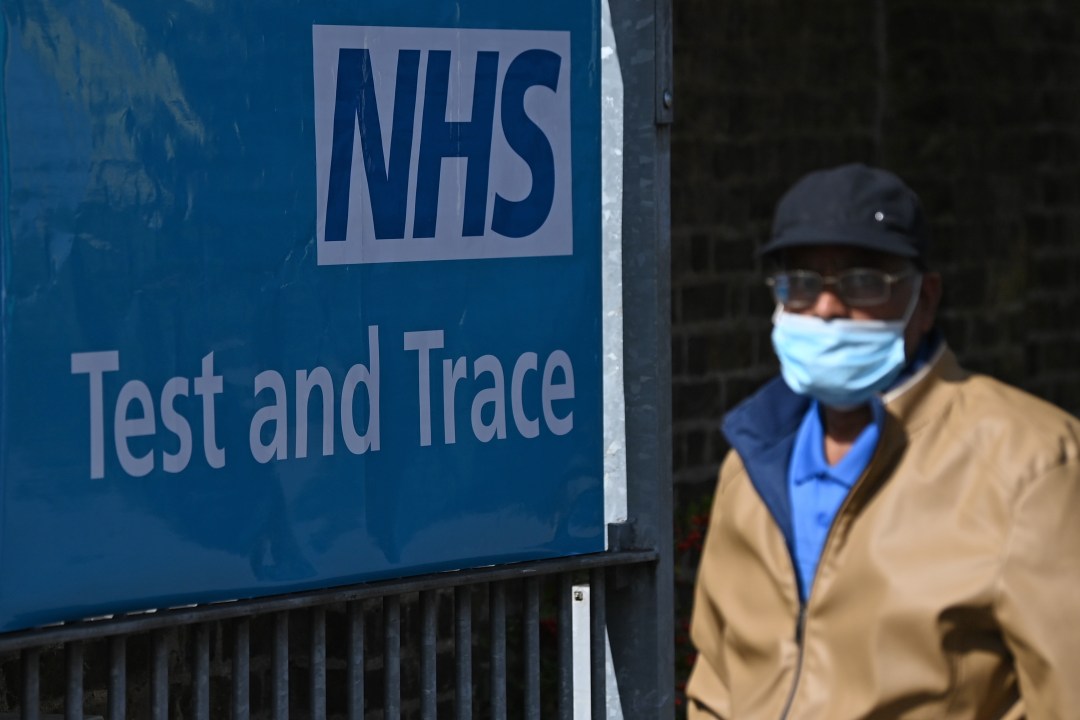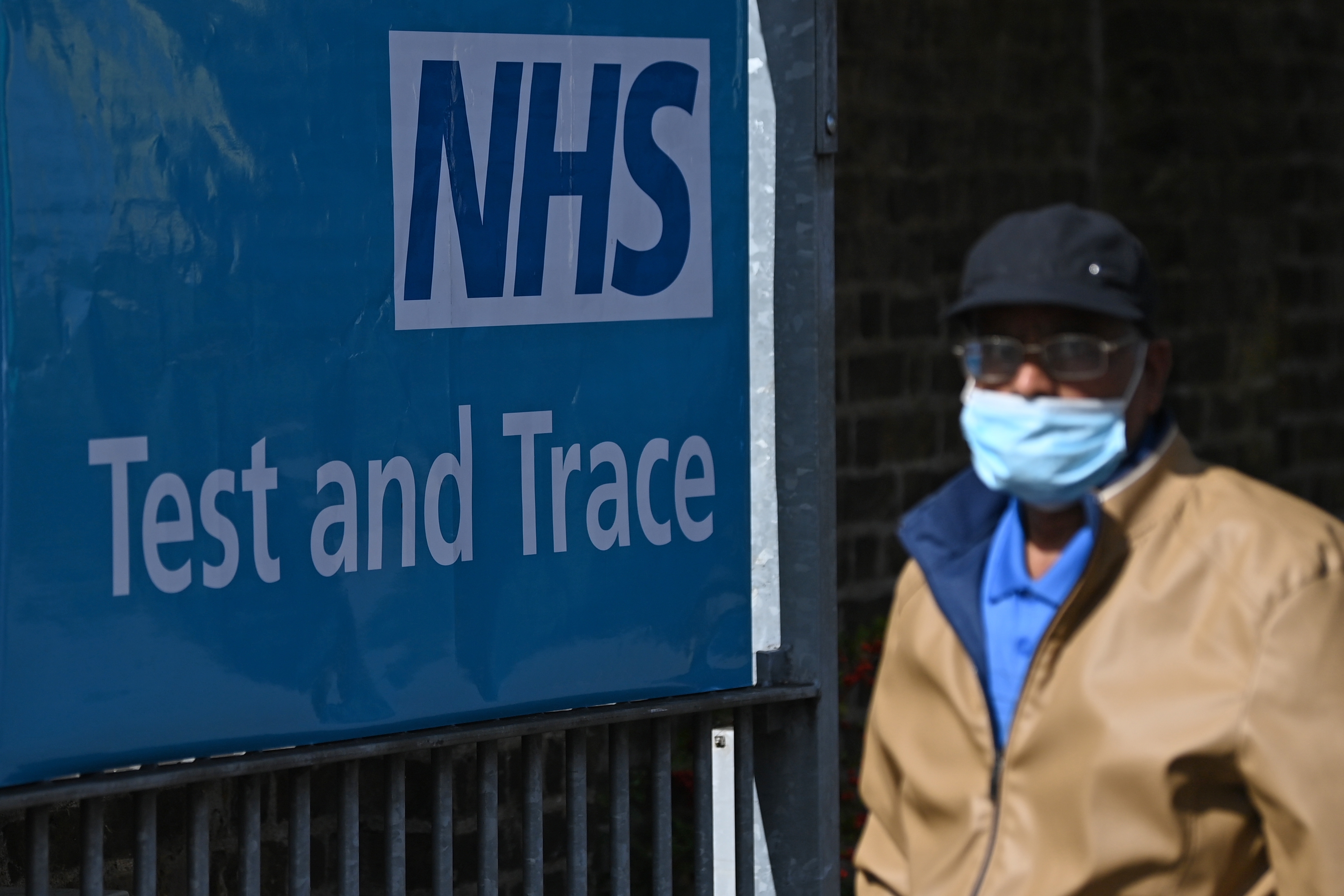The government’s £12 billion test and trace system has been described by its scientific advisory committee Sage as making a ‘marginal’ difference to the transmission of Covid-19. This is not least because test results are taking a long time to arrive — of tests conducted at testing centres in the week to 21 October, only 47 per cent of results were returned the next day. For home test kits, just 32 per cent of results came back within 48 hours. In the same week, test and trace only managed to make contact with 60 per cent of contacts reported to it.
But there is another factor that is central to understanding test and trace’s effectiveness which remains obscure: just how likely are we to catch Covid-19 from a close contact anyway? A study by the National Centre for Infectious Diseases in Singapore, and published in the Lancet Infectious Diseases, seeks to answer this question.
It studies 1,114 cases of Covid-19 captured by Singapore’s test and trace system between 23 January and 3 April, which resulted in 7,770 close contacts being identified. Of those 7,770 contacts, 188 were later found to have caught the virus, while 7,582 did not return a positive test within two weeks of being identified. The contacts were classified into three groups: household contacts, work contacts and social contacts. The infection rate was 5.9 per cent among household contacts, 1.3 per cent among work contacts and 1.3 per cent among social contacts. Of those who were found to have caught the virus, 36 per cent were asymptomatic.
The team then studied the nature of each infected person’s contact. Among household contacts, an elevated risk of transmission was identified among those who shared a bedroom with the infected person and was also associated with spending more than 30 minutes in a face to face conversation. Among work and social contacts, too, an elevated risk of transmission was associated with face to face conversations lasting half an hour or more, and with sharing a vehicle. Sharing meals and the use of a lavatory was not associated with increased risk.
The study raises another possible reason for why the English test and trace system might be failing — people who test positive for Covid-19 here are identifying far fewer close contacts than their counterparts in Singapore. In the latest test and trace statistics for England, covering the week to 21 October, 120,442 people tested positive and these people gave details for a total of 284,701 close contacts — an average of 2.4 each.
In the Singapore study, by comparison, infected people gave details of an average of seven close contacts. People, of course, live differently in England compared with Singapore; household sizes will be different and, thanks to social distancing and working from home, we have relatively few work and social contacts at the moment. But it does raise the question: do English people contacted by test and trace have a different definition of a ‘close contact’ than people in Singapore? And how honest are we being about sharing names and details of people with whom we have come into close contact?








Comments